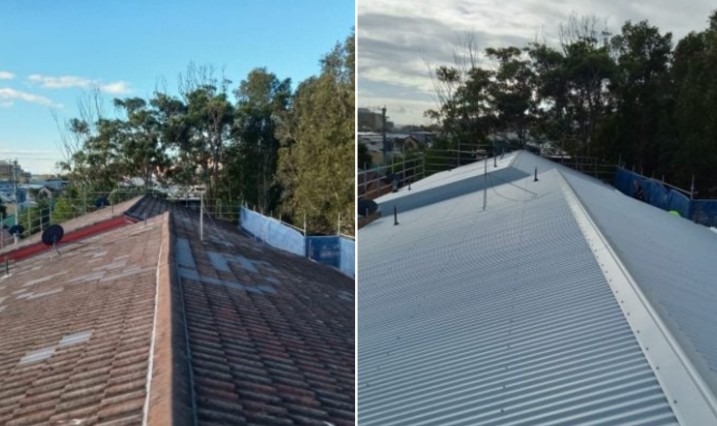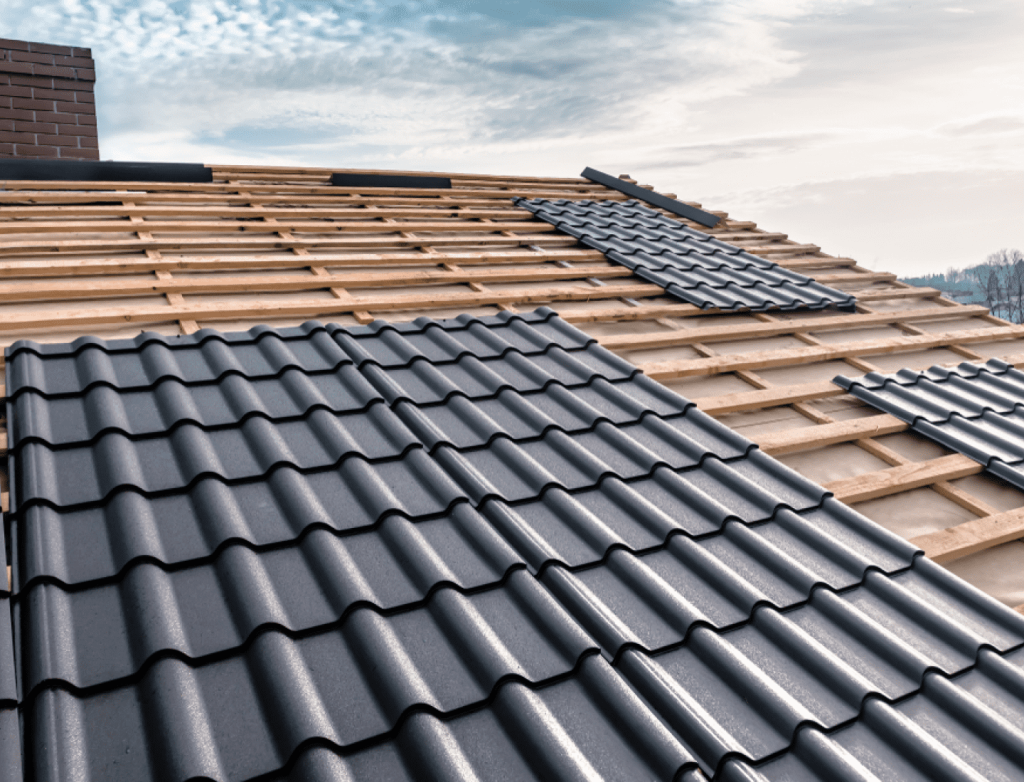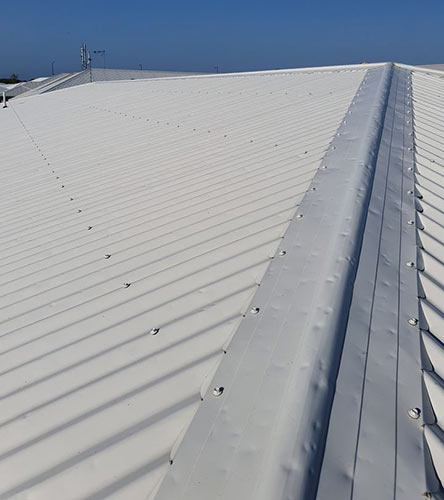Why Does the QBCC Require Building Approval for Re-Roofing?
In Queensland, Australia, the Queensland Building and Construction Commission (QBCC) plays a vital role in regulating and overseeing building practices to ensure safety, quality, and compliance with the relevant standards and legislation. One aspect of this oversight includes requiring building approval for re-roofing projects, a seemingly straightforward task that can have significant implications for the safety, integrity, and long-term sustainability of a structure. Understanding why the QBCC mandates building approval for re-roofing requires a closer examination of building regulations, the risks associated with roofing work, and the broader public interest in maintaining construction standards.

The Role of the QBCC
The QBCC is a regulatory body tasked with ensuring that building work in Queensland adheres to safety and quality standards set forth by the state’s legislation. This includes compliance with the Building Code of Australia (BCA) and relevant Australian Standards. The Commission’s involvement extends to overseeing all forms of building work, including renovations, new construction, and re-roofing. Re-roofing is considered a form of significant building work, especially when structural modifications or alterations to the roof are involved, which is why building approval is necessary.
Ensuring Structural Integrity
One of the primary reasons the QBCC requires building approval for re-roofing is to ensure that the roof’s structural integrity is maintained. A roof is a critical component of a building’s overall structure, and improper re-roofing can lead to issues such as leaks, poor insulation, or even complete roof failure. Re-roofing may seem like a relatively simple task, but it involves several technical aspects such as ensuring the new materials are appropriately installed, that the roof can support the new load, and that ventilation and waterproofing systems are functioning correctly.
The QBCC mandates building approval to confirm that the re-roofing meets current building codes and safety requirements, especially when the materials or methods differ from those originally used. For example, using heavier or more modern roofing materials may require reinforcing the underlying structure. Building approval ensures that the roof complies with updated standards for safety, durability, and performance.
Compliance with Building Codes and Standards
The Building Code of Australia (BCA) sets out specific guidelines for roofing, including the types of materials that can be used, the methods of installation, and the minimum performance requirements. With the introduction of new materials and technologies, re-roofing projects may need to adapt to these changes. Without building approval, homeowners or contractors might use materials that are not compliant with the current code or fail to implement best practices in installation, resulting in a roof that is not up to standard.
For example, the BCA requires that roofs are designed to withstand local environmental conditions, such as high winds in coastal areas. The QBCC requires building approval to ensure that new roofing meets these localized needs. Failure to comply could lead to costly repairs, insurance issues, and safety concerns, particularly in extreme weather conditions like storms and cyclones.

Safety Considerations
Another key factor in requiring building approval for re-roofing is ensuring safety during and after the project. Roof work inherently involves a high level of risk, both for the workers performing the task and for the occupants of the building. The QBCC requires that proper safety measures are in place during the re-roofing process, including fall protection, secure scaffolding, and safe work practices. By mandating building approval, the QBCC ensures that these safety standards are not overlooked.
Additionally, approval helps guarantee that the final product is safe for use. A poorly installed roof could lead to leaks, mold growth, or water damage that might compromise the health and safety of the building’s occupants. It also ensures that the roofing complies with fire safety regulations and that materials used in the project do not present a fire hazard.
Protecting Property Value and Insurance
Building approval for re-roofing also helps protect property value and ensures the structure remains insurable. Many insurance companies require proof of compliance with local building codes to validate coverage. If a roof replacement is completed without the necessary building approval, it may invalidate a homeowner’s insurance policy or result in higher premiums due to the perceived risk.

Moreover, if the re-roofing is part of a larger renovation or building project, obtaining approval provides a clear record that the work has been done according to code. This documentation can be valuable when selling the property, as prospective buyers may want assurance that all work has been done legally and safely.
Conclusion
In conclusion, the QBCC’s requirement for building approval for re-roofing serves several important purposes, including ensuring structural integrity, compliance with building codes, maintaining safety standards, and protecting both the property and its occupants. While re-roofing may seem like a routine task, it involves complex considerations that affect the building’s longevity, safety, and value. By enforcing building approval, the QBCC ensures that these considerations are addressed, promoting the long-term safety and quality of the built environment in Queensland.